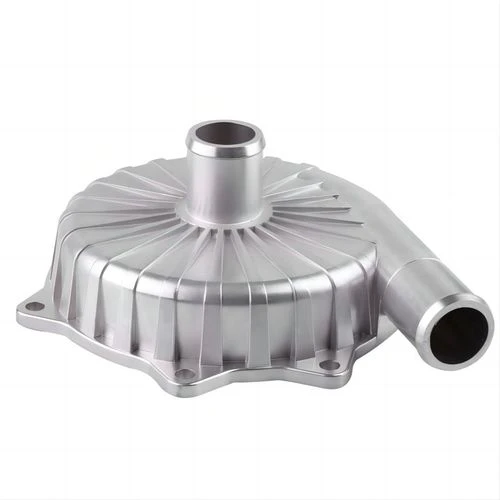abrasive flow machining working principle
The Working Principle of Abrasive Flow Machining
Abrasive Flow Machining (AFM) is an advanced manufacturing process used to finish complex geometries and internal surfaces that are difficult to access with conventional machining methods. The technique utilizes a polymer-based abrasive medium that flows past the workpiece material, effectively removing unwanted material to achieve desired surface finishes and tolerances. This article explores the working principle of abrasive flow machining, its operational mechanics, applications, and advantages.
Working Principle
The fundamental principle of abrasive flow machining is based on the controlled flow of a viscous abrasive medium through and around the workpiece. The medium consists of a polymer base infused with abrasive particles, typically aluminum oxide, silicon carbide, or diamond grit. During the machining process, the workpiece is placed in a chamber, and the abrasive medium is forced through the workpiece by hydraulic or pneumatic pressure.
1. Medium Preparation The abrasive medium is prepared to have the proper viscosity and particle concentration, tailored to the material of the workpiece and the required finish. The medium typically exhibits a dough-like consistency, which aids in its ability to flow smoothly while still having enough density to carry the abrasive particles effectively.
2. Workpiece Setup The workpiece is usually clamped securely within the machining chamber. This setup can accommodate a variety of shapes, including those with intricate internal geometries, which are often challenging to machine with traditional techniques.
3. Flow Process Once the workpiece is secured, the abrasive medium is subjected to mechanical force. This force causes the medium to flow in a controlled manner across and through the surfaces of the workpiece. The flow is often cyclical, meaning the medium may flow back and forth to ensure even abrasive action across every surface.
4. Material Removal As the medium flows, the abrasive particles within it impinge on the workpiece surface, gradually removing material. The action of the abrasives abrading the surface is significantly enhanced by the varying flow patterns and pressure, allowing for precise material removal. The controlled conditions used in AFM enable operators to achieve a high degree of precision in surface finishing.
abrasive flow machining working principle

5. Completion and Assessment After the requisite amount of material has been removed, the process comes to a halt. The workpiece is then removed from the chamber, and the surface finish is assessed, often achieving a mirror-like finish or specific surface roughness requirements.
Applications
Abrasive Flow Machining is widely utilized in various industries, including aerospace, automotive, medical devices, and electronics. It is particularly beneficial for finishing complex internal geometries such as cooling channels in turbine blades, ports in engines, and intricate molds used in plastic injection.
Advantages
AFM provides numerous advantages that make it an attractive choice for precision machining. Among these are
- Superior Surface Finish AFM can achieve very fine surface finishes that are not possible with traditional machining methods. - Versatility The process can be used on a variety of materials, including hard metals and plastics, making it highly flexible. - Controlled Material Removal The ability to precisely control the pressure and flow of the abrasive medium allows for targeted material removal, reducing waste and improving efficiency. - Reduced Need for Secondary Operations Often, the quality of the finish obtained in AFM negates the necessity for further polishing or finishing processes, saving time and cost.
Conclusion
Abrasive Flow Machining stands out as a unique and effective manufacturing process capable of meeting the demands of modern machining applications. Its working principle revolves around the efficient flow of an abrasive-laden medium that can tackle complex geometries and achieve superior surface finishes. As industries continue to pursue greater precision and quality, AFM represents a crucial tool in the manufacturing arsenal. Whether in aerospace engineering or medical device production, the principles of abrasive flow machining are sure to play an essential role in producing high-quality components in the future.
-
Precision Sheet Metal Stamping Manufacturer | Fast & ReliableNewsAug.01,2025
-
OEM Sand Cast Pump Valve Fittings - Baoding Hairun Machinery And Equipment Trading Co., Ltd.NewsAug.01,2025
-
Custom OEM Impellers | High Efficiency & PrecisionNewsAug.01,2025
-
OEM Sand Cast Pump Valve Fittings - Baoding Hairun Machinery | Customization, Quality AssuranceNewsAug.01,2025
-
OEM Sand Cast Pump Valve Fittings - Baoding Hairun Machinery And Equipment Trading Co., Ltd.NewsAug.01,2025
-
OEM Sand Cast Pump Valve Fittings - Baoding Hairun Machinery And Equipment Trading Co., Ltd.NewsJul.31,2025















